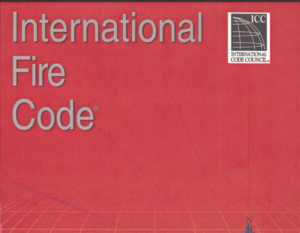The 2008 edition of NFPA 1561 outlines the standards for an Emergency Services Incident Management System, ensuring the effective and coordinated management of emergency incidents. This standard serves as a comprehensive guide for emergency services to manage all types of emergencies effectively under a structured incident management system.
The development of NFPA 1561 began with its first edition in 1990, focusing on integrating safety within command structures for emergency operations. Over the years, the document has evolved to include broader aspects of incident management, such as accountability, use of rapid intervention crews, interagency cooperation, and expanding beyond just fireground operations to include all emergency services.
Significant revisions in subsequent editions incorporated concepts like risk management, roles of the incident safety officer, and the establishment of command structures. By 2005, the document was aligned with the National Incident Management System (NIMS) and Homeland Security directives to provide a unified approach to incident management.
The 2008 edition, thoroughly revised, emphasizes improving responder safety, health, and survival. It updates language and definitions to align with NIMS and introduces new standards for system qualifications and communication capabilities in hazardous environments. It also adds substantial annex material, offering guidance on organizing emergency operations centers and area command structures.
Overall, NFPA 1561 serves as an essential framework for emergency services, detailing the procedures and organizational structures necessary to manage incidents effectively, ensuring the safety of both the responders and the public.






